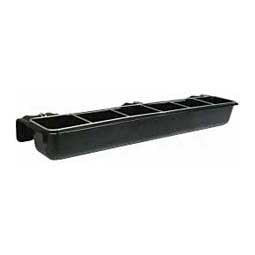Thanks for the replies, guys!
Me and my dad have been banging our shaggy heads together for a few week and come up with a couple of neat solutions, if we may say so ourselves.
First, we intend to put a solid metal or hard plastic roof over a big part of the pen, some 3 yards square. We figure it will be enough to constantly have a dry area were we can keep the feeders at all times. The house will also be under there, or at least its opening will face that area. That roof will also give the ducks plenty of shade.
As for the feeders, we currently have an idea in mind that's very much inspired by DIY feeders I've seen online: Upright buckets, with 4 holes cut in each of them, each hole big enough for a duck to get the head in, but small enough so that the rest of the body won't fit. We'll just slosh a bit of food into the bucket every day. The holes will be high up enough on the sides of the buckets so that the food doesn't pour out.
Furthermore - and this is where we get original - we intend to cast cement plates in the bottom of each bucket. When we cast them, we'll put a thin sheet of plastic in the bucket between the bucket and the cement, so the cement doesn't stick to the inside of the bucket. After the cement has hardened, the plastic sheet will be removed. Each plate will cover the bottom of the bucket and be 1-2 inches thick. We'll keep these plates in the bottom of the buckets as ballast, to keep the ducks from tipping over the buckets. During cleaning, the plates will be removed.
Hope I explained it understandably enough.
What do yo reckon about the cement plates; overkill? We already have some cement bags around the house, and a blender...



